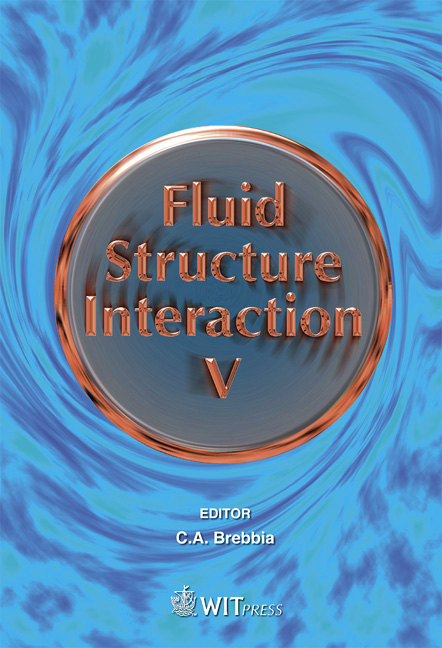Interpretation Of Doppler Effect-based Vertical Velocity Measurements In The Coastal Waters Of Estonia, Baltic Sea: Possible Influence Of Upwelling, Langmuir Circulation And Turbidity
Price
Free (open access)
Transaction
Volume
105
Pages
11
Page Range
193 - 203
Published
2009
Size
476 kb
Paper DOI
10.2495/FSI090181
Copyright
WIT Press
Author(s)
Ü. Suursaar
Abstract
Doppler effect-based oceanographic instruments have proved very useful in studies of the vertical structure of currents, as well as for vertical fluxes between different layers in frontal zones and upwelling. This paper describes our experiences with a Recording Doppler Current Profiler in the Estonian coastal waters in 2003–2008. The primary task of the field campaigns varied from coastal geomorphic and wave studies to measurements of upwelling-related baroclinic jets. The paper focuses mainly on vertical velocity data. Apart from the vertical structures of horizontal currents that strongly imply on upwelling, it was not possible to explain the surprisingly large (1–2 cm/s) velocities merely by up- or downwelling. We assume that the contribution of true hydrodynamic processes is either very small or appears as \“noise” due to a mismatch between the characteristic scale of a processes (e.g. Langmuir circulation) and our measurement integration. Moreover, such data largely includes the influence of particles that are not neutrally buoyant: suspended matter, gas bubbles, detritus, organisms, etc. In relatively turbid and geomorphically active parts of the Estonian coastal waters, the source of that dominant signal primarily reflects the equilibrium between resuspension and settling of mineral particles. Keywords: RDCP, resuspension, Langmuir circulation, up- and downwelling. 1 Introduction The role of vertical fluxes in the coastal marine ecosystem is rather diverse, as a large amount of energy and matter exchange between the surface and deep layers
Keywords
RDCP, resuspension, Langmuir circulation, up- and downwelling.





